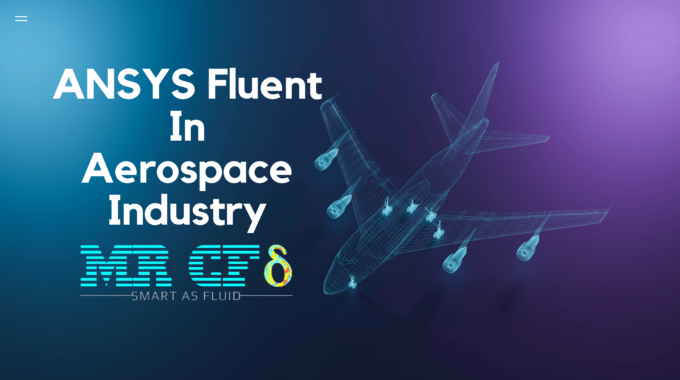
ANSYS Fluent In Aerospace Industry
ANSYS Fluent in the aerospace industry: Applications and case studies
ANSYS Fluent is a powerful tool for computational fluid dynamics (CFD) simulation. It is widely used in the aerospace industry to analyze and optimize the performance of aircraft and spacecraft. In this article, we will look at some of the ways ANSYS Fluent is used in the aerospace industry and provide some examples of real-world case studies.
- Aerodynamic analysis: Aerodynamics is a key consideration in the design of aircraft, as it can have a significant impact on performance, stability, and fuel efficiency. ANSYS Fluent is used to simulate the flow around aircraft and optimize their shape for improved aerodynamics. For example, ANSYS Fluent has been used to design more efficient wing shapes for commercial aircraft and to analyze the flow around military aircraft.
- Propulsion analysis: The performance of aircraft engines and other propulsion systems is critical to the aircraft’s overall performance. ANSYS Fluent is used to simulate the flow within engines and other propulsion systems and optimize their design for improved efficiency and reliability.
- Thermal analysis: Temperature extremes can significantly impact the performance and durability of aircraft and spacecraft. ANSYS Fluent is used to simulate the temperature distribution within aircraft and spacecraft and optimize their design for improved thermal management.
- Structural analysis: ANSYS Fluent is also used to perform structural analysis of aircraft and spacecraft, helping engineers to understand the stress and strain distribution within these structures and optimize their design for improved strength and durability.
These are just a few examples of how ANSYS Fluent is used in the aerospace industry. From optimizing the aerodynamics of an aircraft to analyzing the thermal management of a spacecraft, CFD simulation is an essential tool for designing and optimizing the performance of aerospace systems.



Comments (0)